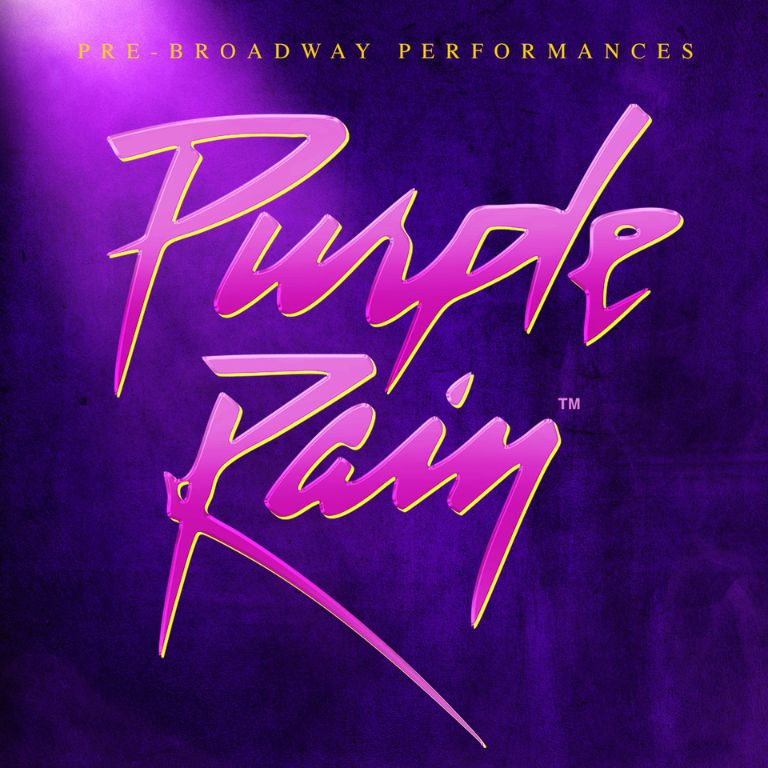In a world full of labels, artist Jai Stephenson says “I just am”
- Jasmine McBride

- Feb 7, 2024
- 3 min read

Through film, local visual artist Jai Stephenson is empowering the Black and Queer community to think outside external labels as an act of self-liberation. Stephenson, who is releasing their first independently written and directed short film this week, says it challenges perspectives around identity.
“I wanted to communicate the experience of a Black Trans Queer person, and the experience of what it's like to relate to all these different versions of yourself; especially in regards to religion,” said Stephenson.
Stephenson’s new short film is titled “All My Ni***s Surround Me, and I’m Surrounded By All My Ni***s,” after the poem “Trees” by nationally renowned St. Paul poet Danez Smith. Stephenson says they related to the poem’s notion of being imprinted on by life, similar to – as referred to in the poem – the carving of a tree.
“This is a short play on the most pertinent experiences in my life, like being cast out of a church when folks learned that I was queer. Of growing up and not understanding my identity. And also me imagining what it would be like when I really do come into myself, so to speak,” said Stephenson.
The film will have a screening at Indigenous Roots in St. Paul on February 11 at 6 p.m.
According to Stephenson, the short film reflects the layered experiences of four versions of themselves, from when they lived in Germany, New York, London, and Asia. And the different unique experiences they had in relation to external labels surrounding their identity.
“But now, I would say I just am. I am just who I am, and this is what it is.”
They say this mantra of “I just am,” came through experiences of discrimination they’ve faced.
“I've had someone tell me, ‘you should be grateful that this happened for you,’ because I’m Black and Queer. And I'm like, ‘I deserve this. I worked so hard on this,’” said Stephenson, referring to their short film. “How often we have to seek out resources from people who don't understand us, don't understand our stories, and are even unkind. Or they seek us just for the benefit of having a Black Trans Queer person on their team–so it looks better on a grant. I realized people have been used in that way, and I want us to come together, as a network.”
Stephenson says they do not see "artist" as another restricting identity but rather, an internal desire to do something as inspiration arises.
“Art, at the very root, cannot be policed. It has to be able to be subject to change. I think in the beginning I struggled to find my voice and know what that meant. But I think we are our worst critics, as everyone always says” reflected Stephenson. “You just have to allow it to be what it wants to be at that time.”
They say the film was also an opportunity to use their storytelling to address the assumption that negative experiences will settle in negative feelings.
“Some people believe that I would have a hateful view of religion, given what I've experienced. But I look back on that version of me, and there's so many things that I love about her. I was telling a friend that I miss holding hands in prayer, I miss hearing someone say, let's join hands in prayer. And I miss worship. And so what I hope for others to see is the ways that you can validate yourself and sit with your past and not think everything was so stupid,” said Stephenson. “I hope that people are able to look at every version of themselves and all the mistakes – the good, the bad, the ugly – and see that it all worked out for them to be who they are.”
Despite Stephenson feeling strongly about the need to be liberated from labels, they say they recognize that their experiences in the world are still greatly influenced by them. So Stephenson says their next goal is to build on the community that embraces them just as they are.






Comments